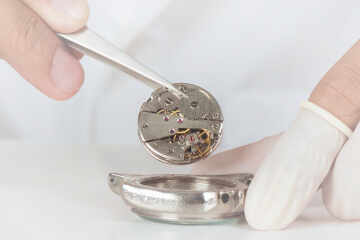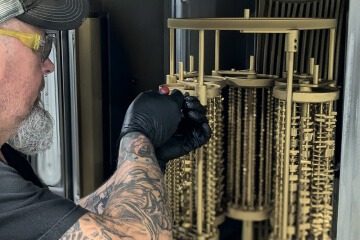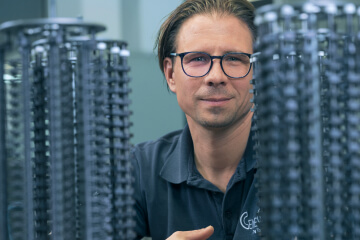
New HiPIMS coating technology achieves best adhesion
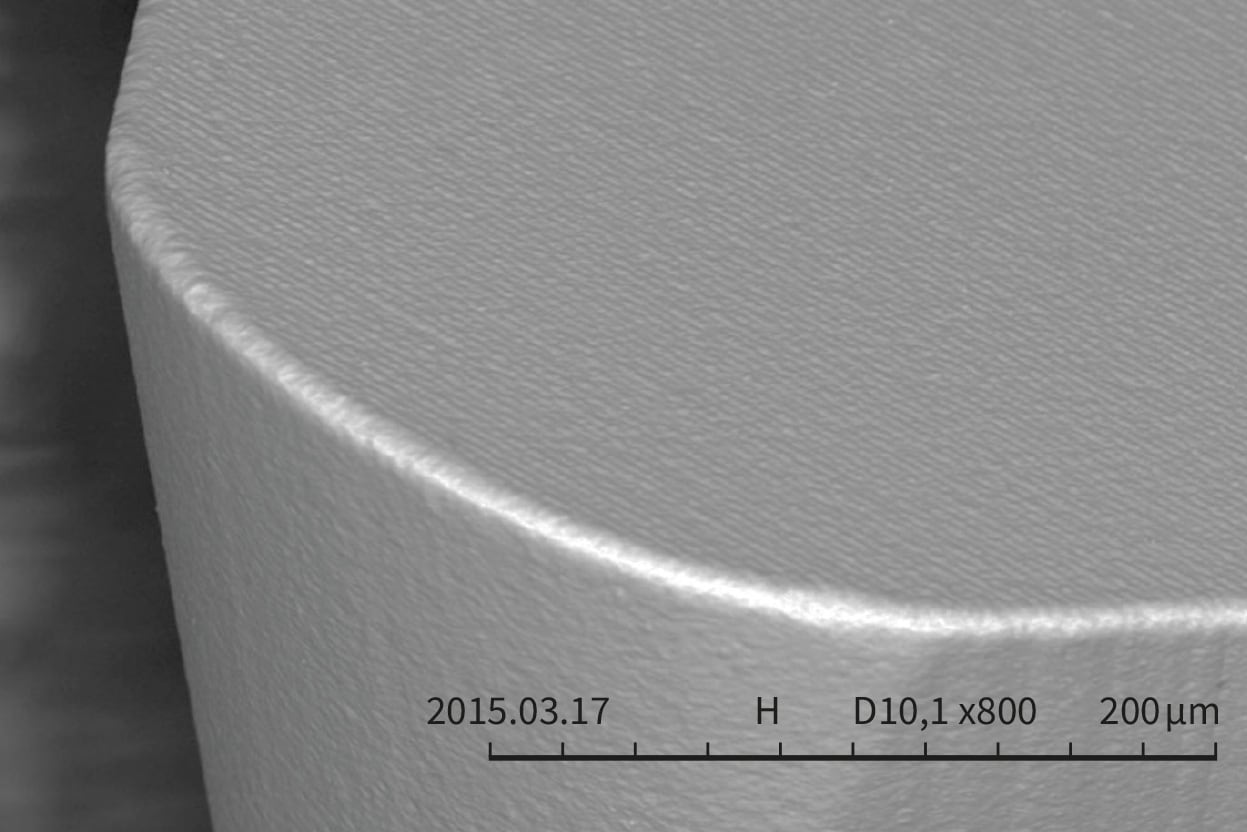
The HiPIMS (High Power Impulse Magnetron Sputtering) process and its advantages for the machining industry.
Hardness, toughness and adhesion are nowadays among the most important properties of PVD (physical vapor deposition) coatings for cutting tools in demanding hard, high-speed and dry machining. The continuous development and improvement of materials is constantly placing new, increased demands on cutting tools. Particularly hard, difficult-to-machine materials or materials with a tendency to work hardening, but also those with low thermal conductivity, require high thermal as well as high oxidation resistance of the coatings in addition to the coating properties already mentioned.
With regard to these properties, HiPIMS technology is being used to develop new coatings with greatly improved properties compared to conventional coatings. These are capable of machining difficult-to-machine materials, such as nickel-based alloys and austenitic stainless steels, more economically - with significantly increased cutting parameters and much lower tool wear.
On the pulse of (machining) time
Pulsed sputtering PVD processes have experienced increasing interest among users in recent years. HiPIMS represents the latest development in the field of pulse technology. HiPIMS is a pulsed PVD process developed and patented by the now deceased Russian scientist Vladimir Kouznetsov, in which high ionization of the sputtered target material (target material = donor material) is achieved.
By injecting high-energy power pulses in the megawatt range into the target, a plasma with a high charge carrier density (10 m19 -3 ) forms in front of the target. This is significantly higher than in the conventional DC (direct current) sputtering process. The high ionization of the atomized donor material leads to an improvement of the coating structure and coating properties, compared to the conventional methods. This is due to the fact that the energy and direction of motion of the positively charged particles impinging on the substrate are favorably influenced by a negative voltage (bias voltage) applied to the substrate.
An increase in the ionization of the deposited donor material is achieved in the conventional DC sputtering process by raising the cathode power. However, limits exist here due to the higher thermal load of the cathodes and the substrates to be coated. HiPIMS provides a solution to this problem. Here, very high power pulses are used, which only impact the target material for a very short time. A subsequent relatively long "off time" ensures low average cathode powers (1-10 kW) and thus cooling of the donor material as well as high process stability.
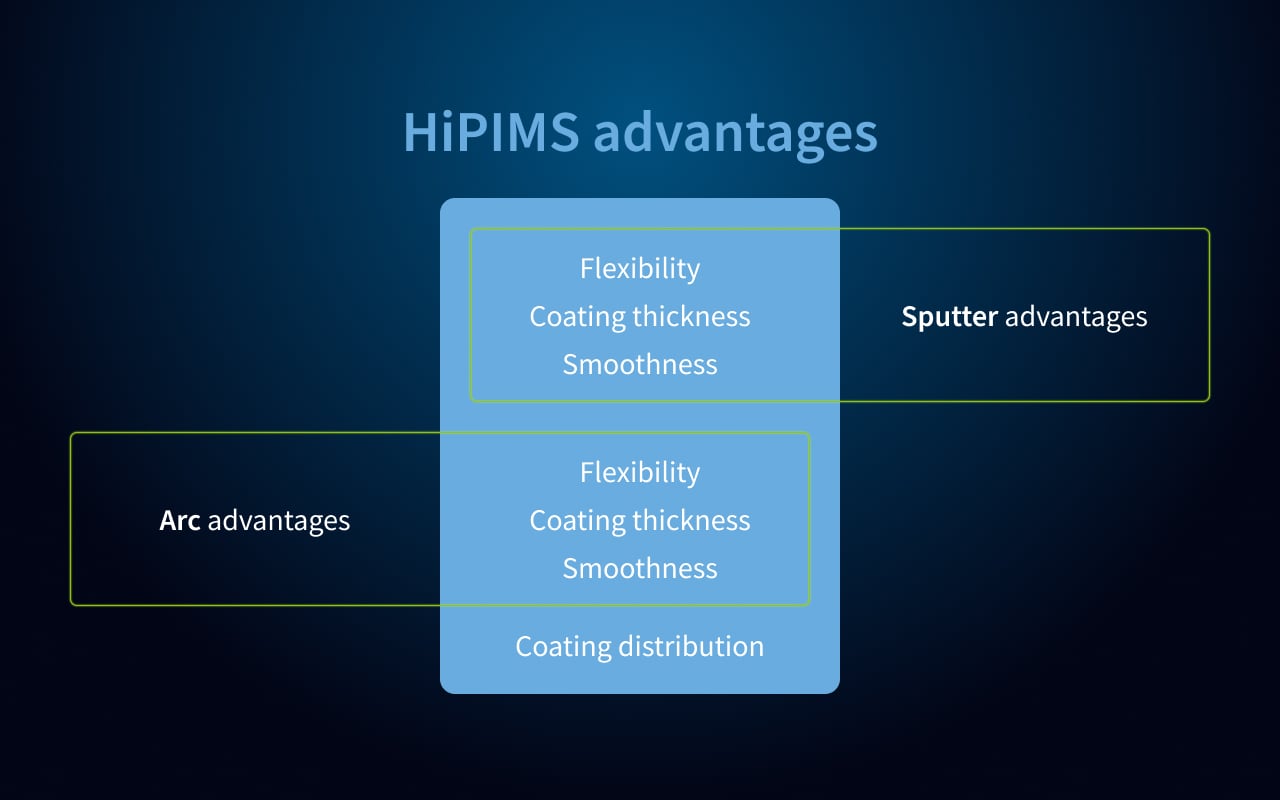
Harder and tougher
The advantages of HiPIMS coatings are, in particular, a denser coating morphology and an increased ratio of hardness to E-module of the coating compared to conventional PVD coatings. While comparable conventional nanostructured (Ti,Al)N coatings have a hardness of 25 GPa and a E- module of 460 GPa, the hardness of the new HiPIMS coating is over 30 GPa with a E-module of 368 GPa. The ratio of hardness to E-module is a measure of the toughness properties of the coating. A high hardness with a relatively small E-module is favorable, as is the case with the HiPIMS coating.
In addition to the denser coating structure, a completely new material composition is responsible for the extremely high thermal stability of the HiPIMS coating. In addition, the innovative coating process enables the coating to be "anchored" to the substrate, thus doubling the coating adhesion compared to previous coating. This is particularly advantageous when working with sharp cutting edges in an interrupted cut, for example with superalloys. Examples include a performance gain of 80% when milling in titanium alloys and of 400% when turning Inconel.
HiPIMS in the application
In a very short development phase, CemeCon engineers succeeded in transferring the HiPIMS technology to the CC800® machine platform. The CC800® HiPIMS has now been running in production for more than 14 years and has proven to be exceptionally stable in production.
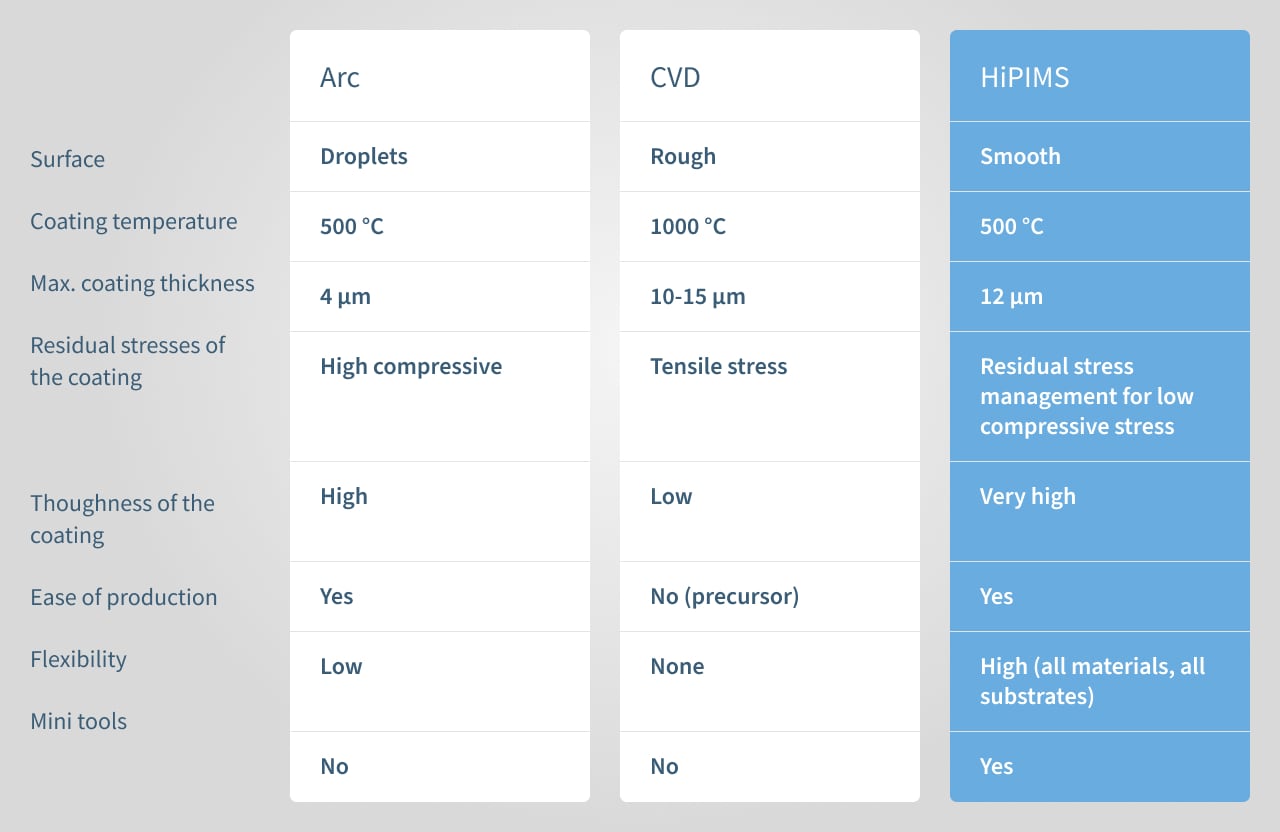
Why HiPIMS?
The further development of cutting materials, geometries and coatings has repeatedly achieved enormous leaps in performance. Users have often been able to double or even triple their tool life and cutting data - made possible by targeted development at tool manufacturers and coater. In order to continue to offer users potential for improvement in the future, CemeCon took the next step in coating technology and validated HiPIMS: Optimized adhesion, denser coating morphology and low E-module combined with increased hardness are just some of the promising possibilities of HiPIMS.
With the industrial introduction of HiPIMS technology for cutting tools, CemeCon is simultaneously creating a new generation of coating materials with exceptional properties. Thus, these are prepared for future challenges. In the long term, HiPIMS has the potential to replace existing PVD technologies.
Download this FACTS Story as PDF Overview of all FACTS magazines (PDF)